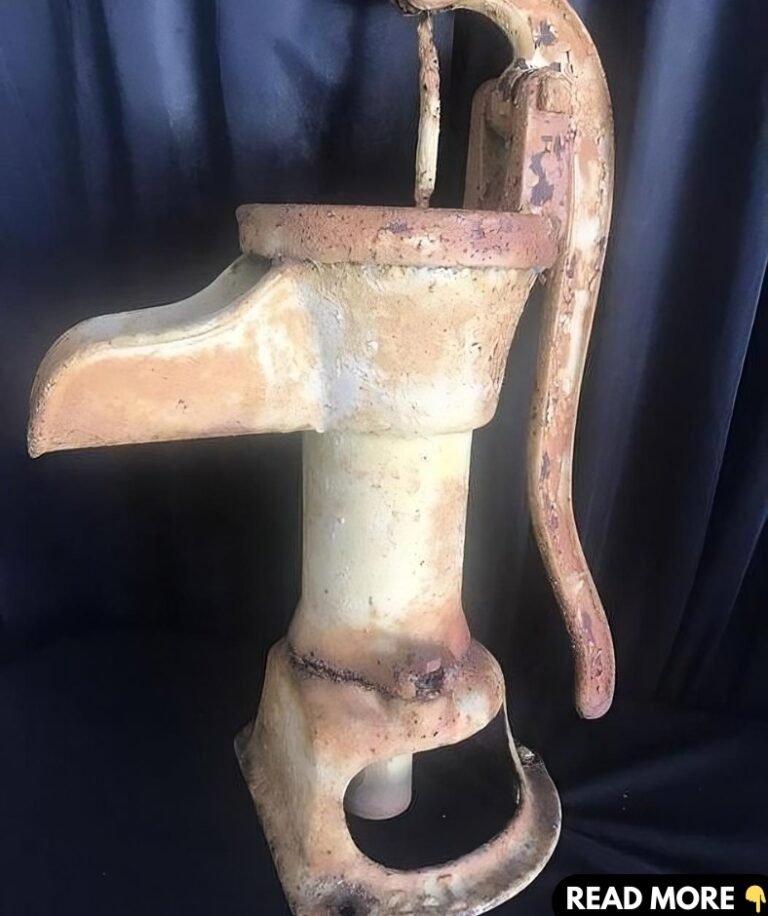Is it from today or the past? This vintage instrument has withstood the test of time!
The P-38 can opener is a small, unassuming tool with a profound historical significance. This compact piece of metal, designed during World War II, holds a legacy that transcends its size and simplicity. While modern kitchens buzz with electric gadgets, rediscovering the P-38 in an old drawer is like uncovering a piece of history—a reminder of a time when durability and practicality were essential.

A Link to the Past in a Kitchen Drawer
In today’s world, where convenience is often synonymous with technology, finding a P-38 can opener brings with it a wave of nostalgia. It harks back to an era when everyday tools were designed to last, not just for convenience but for survival. The P-38 can opener is more than a forgotten relic—it’s a symbol of resourcefulness. This tiny device evokes memories of a time when things were built to be reliable and stand the test of time.
The P-38: A Companion in Times of War
Originally designed for military use, the P-38 became an indispensable companion for soldiers. Introduced during World War II, this can opener was issued with military rations, offering soldiers a practical and portable solution to opening canned food. Its simple design—just a folded piece of metal with a sharp tip—made it lightweight and easy to carry. It didn’t require any batteries or intricate mechanisms, making it the perfect tool for field use.
Imagine the life of a soldier, far from home, reliant on his rations for sustenance. The P-38 wasn’t just a tool—it was a lifeline. It gave soldiers access to their meals, provided a moment of reprieve, and fostered camaraderie as they gathered to eat together. This small device allowed soldiers to share food and stories, creating brief moments of normalcy amidst the chaos of war.
Stories of Survival and Camaraderie
The P-38 can opener’s role wasn’t limited to the battlefield. It became part of the survival stories of countless soldiers. As food and supplies were often scarce, this little tool became a symbol of adaptability and perseverance. Even after the war, veterans carried it as a reminder of their experiences and a tool that could serve them in everyday life.
What makes the P-38 remarkable is its durability and simplicity. It was a product of necessity—no need for complex designs or upgrades. The same qualities that made it invaluable to soldiers have kept it relevant to this day, especially among outdoor enthusiasts and survivalists. It is still admired for its ability to perform its task efficiently without any external power source. It needs no instructions, no maintenance, and yet, it stands ready for action whenever needed.
Minimalism in the Modern Age
In today’s world, where devices are designed for convenience and comfort, the P-38 stands out as an example of minimalist ingenuity. Modern can openers often boast ergonomic handles, electric motors, and sleek designs, but there is a certain appeal to the hands-on experience of using a P-38. It brings a sense of connection to the past—a reminder that simplicity can sometimes be more powerful than complexity.

Using the P-38 requires a tactile, deliberate action. It’s not about efficiency or speed but about appreciating the raw functionality of a tool that has been around for over 70 years. In an age of disposable consumerism, where gadgets are often replaced rather than repaired, the P-38 is a refreshing counterpoint. It was made to last, designed with a purpose, and built to withstand the rigors of both combat and everyday life.
Appreciating Timeless Design
The rediscovery of the P-38 can opener is more than just a glance back at a vintage tool—it’s an opportunity to appreciate timeless design. In an age where innovation often means creating something new, the P-38 reminds us that some designs endure because they solve a problem in the simplest, most effective way. Its creators didn’t just make a tool for soldiers; they crafted a legacy of practicality and durability.

The P-38 teaches us that good design doesn’t need to be complicated. Its simplicity is what makes it timeless. It serves as a reminder that there was a time when tools were made to solve real problems, with a focus on functionality and longevity, rather than style or convenience.
The P-38 in Modern Times
While the P-38 might no longer be a common household tool, its legacy continues to live on in the survivalist community and among collectors. For those who appreciate old-school gadgets and outdoor adventures, the P-38 is a prized possession. It’s a reminder of the resourcefulness that defined previous generations and a symbol of how a simple tool can stand the test of time.

Modern camping enthusiasts and military gear collectors often look for original P-38 can openers, not only for their functionality but for the stories they carry. These small pieces of metal have crossed battlefields, opened countless cans of rations, and now rest as valuable relics in the hands of those who cherish them.
Conclusion: A Lasting Legacy
The P-38 can opener may be small in size, but its impact is far-reaching. It’s a reminder of a time when simplicity, practicality, and durability were valued above all else. From the battlefields of World War II to the kitchens and camping grounds of today, the P-38 continues to endure as a testament to timeless design.
Rediscovering this tool brings with it an appreciation for the ingenuity of the past. In a world where technology often feels overwhelming, the P-38 stands as a symbol of minimalism and reliability—qualities that never go out of style. As we move forward, let’s not forget the lessons of such brilliant, enduring inventions. Sometimes, the most effective solutions are the simplest ones, quietly waiting in the back of a drawer, ready for use whenever needed.






